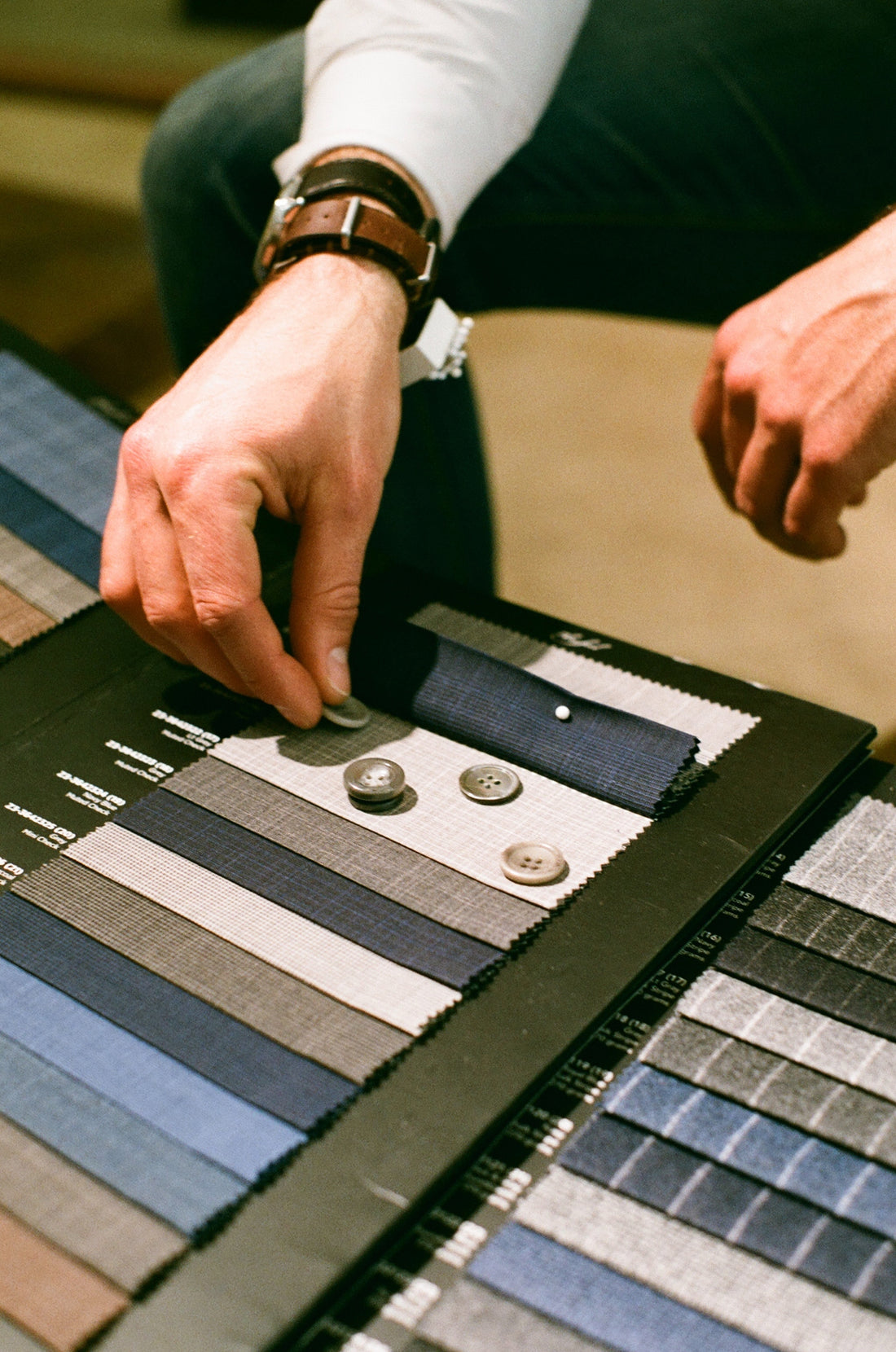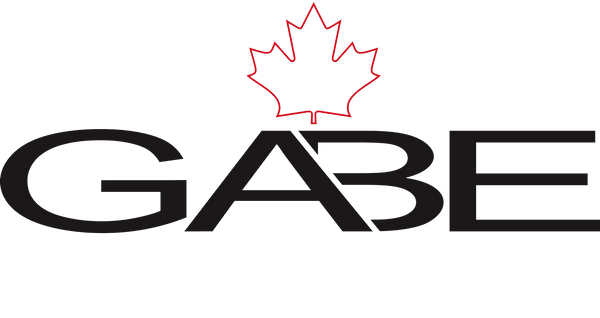
What is Custom Clothing and How do You Source it For Your Fashion Brand?
Share
The story of custom clothing began with the finest tailors in Europe. Before the industrial revolution, these artisans catered to the personalized tastes of the upper class.
Kings, queens, and other nobility wore unique, handcrafted garments designed to impress. As technology advanced, and factories started to boom, tailoring expanded beyond the elite, and a growing middle class started to appreciate the value of well-fitted clothes.
Traditionally, custom clothing was bespoke. The term "bespoke" comes from the word "bespeak," which means "to order something to be made." Bespoke clothing refers to a garment that is tailored to an individual's precise measurements and preferences.
In the 20th century, the demand for mass-produced clothing surged, and many feared that bespoke tailoring would be a lost art. However, the pendulum has swung back in recent years, with more and more people starting personal brands and seeking a sense of individuality, that only custom clothing can provide.
Why is Custom Clothing Making a Comeback?
The main development that has helped re-popularize custom clothing is digital pattern making. Digital pattern-making has democratized fashion design. With paper, untrained designers required years of practice to develop the drawing abilities required to create custom clothing. Digital pattern-making, with its reduced learning curve, empowered anyone to create, modify, and specify their own patterns, so long as they had a unique idea.
Additionally, digital-pattern making has enabled professional designers and manufacturers to quickly adjust patterns to accommodate client feedback, streamlining the design process. Cuts and measurements can be adjusted on the fly, and changes can be easily communicated to the tailor.
In short, digital pattern-making has enabled custom tailoring to become accessible to a broader audience of fashion creators and retail customers.

Why Brands Choose Custom Clothing
In a world where off-the-rack clothing dominates the market, creating custom clothing can feel like a lengthy process.
However, there are advantages to investing in custom clothing which can strongly enhance the appeal of your clothing brand.
Offer Fitting that Matches Customer Tastes
For niche clothing brands, offering quality, fitted options can set you apart from mainstream competitors. Off-the-rack clothing caters tends to standardized body shapes, which can result in ill-fitting garments that compromise on style and silhouettes.
By incorporating custom clothing into your brand's offerings, you can provide your customers with apparel tailored to the measurements you choose, ensuring an impeccable fit that delivers unmatched comfort. You can also incorporate fits that appeal to niche customer tastes, like boxy fit t-shirts for a streetwear audience.
Develop an Eco-Conscious Reputation
The fashion industry is notorious for generating significant waste and pollution due to mass production practices. Overproduction often leads to excess inventory that ends up discarded or incinerated.
By adopting a made-to-order approach for your niche clothing brand, you can significantly reduce waste and contribute to a more sustainable fashion industry. Offering custom clothing not only enhances your brand's reputation for delivering quality clothing, but also demonstrates your commitment to environmental responsibility.
Become a Champion for Local Artisans and Craftsmanship
Opting for custom clothing allows your clothing brand to select its manufacturer and opt to support skilled artisans and craftsmen.
In an industry where fast fashion frequently exploits workers and prioritizes profits over quality, choosing custom clothing for your brand showcases an ethical commitment to fair wages, safe working conditions, and the preservation of traditional craftsmanship.
This dedication to craftsmanship and quality sets your niche clothing brand apart, appealing to customers who value ethical practices and exceptional garments.

How to Develop your Own Custom Clothing
Now that you have a solid understanding of the benefits of custom clothing and have, it's time to embark on the exciting journey of customization.
Once you have some designs ready, the most pressing question becomes, how do you get custom clothing made?
At a high level, the process involves three main steps:
- Building a Size Chart
- Communicating your Designs with a Tailor or Manufacturer
- Refining your Designs and Creating Your Clothes
Developing a Size Chart for Custom Clothing in 5 Steps
1. Research Target Market and Define Measurement Areas:- Understand your target customer demographic and select key measurement areas relevant to your clothing items (e.g., chest/bust, waist, hips, shoulders, sleeve length, inseam).
2. Collect and Analyze Sample Measurements:
- Use consistent techniques to collect measurements from a diverse sample of individuals representing your target market. Analyze the data to identify trends and establish size ranges (e.g., Small, Medium, Large).
3. Design a Clear and Comprehensive Size Chart:
- Create an easy-to-read size chart displaying size categories and corresponding measurements. Include both inches and centimeters to accommodate different sizing systems.
4. Provide Measurement Instructions:
- Develop a guide with clear instructions on how customers should take measurements for each area, including tips for accurate measurement (e.g., wearing form-fitting clothing, using a flexible measuring tape).
5. Test, Implement, and Review the Size Chart:
- Test the size chart with a sample group of customers, gather feedback, and make adjustments as needed. Publish the size chart on your brand's platforms and regularly review and update it based on customer feedback and changes in your target market.
Collaborating with a Tailor or Manufacturer
Finding the right fit (pun intended)
Choosing the right tailor or manufacturer is important to ensuring you get the final product you've design.
Research local tailors or designers with a strong reputation and a portfolio that aligns with your vision. When meeting with a potential tailor or manufacturer, pay attention to their communication skills, attention to detail, and overall demeanor. You want to work with someone that's receptive to your needs and really wants to see your project succeed!
Once you've found a tailor or designer you trust, it's essential to effectively communicate your vision for the custom garment. Be clear about the style, fit, and any specific details or embellishments you desire. Bring reference images or sketches to help illustrate your ideas, and don't be afraid to ask questions or seek advice from the expert. Open communication and collaboration are key to bringing your dream garment to life.
Designing Your Unique Garment
Choose your Fabric and Colors Well
The fabrics and colors you select for your custom clothing can significantly impact the final look and feel of the garment.
Work with your tailor or designer to choose materials that suit your intended use, climate, and personal style.
Consider factors like durability, breathability, and care requirements when making your decision. Similarly, select colors that complement your skin tone and existing wardrobe to ensure a cohesive and versatile addition to your closet.
Cleary Communicate Personalized Details and Embellishments
Custom clothing offers the opportunity to add unique details and embellishments that set your garment apart from off-the-rack options. Work with your tailor or designer to incorporate features like monograms, custom buttons, or intricate embroidery.
Bottom Line
Custom clothing offers a unique opportunity for clothing brands to distinguish themselves by providing exceptional fit, promoting sustainability, and supporting ethical practices within the fashion industry.
By understanding the process of creating custom garments and partnering with the right manufacturer partner, your brand can deliver the benefits of custom clothing to your customers.
